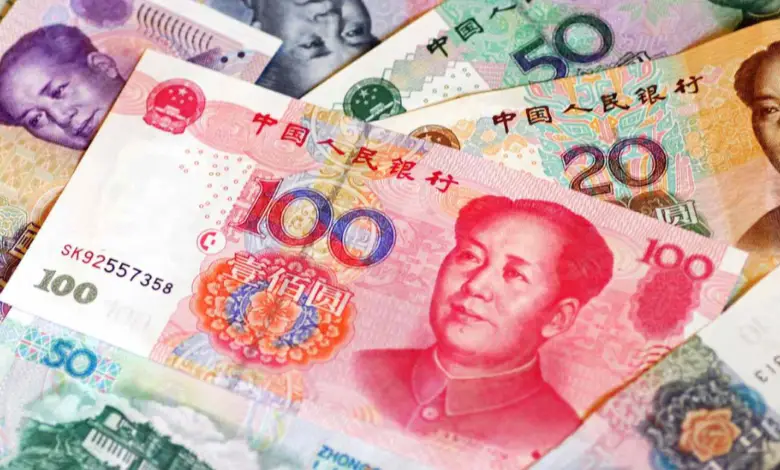20 Facts About Chinese Currency

Chinese currency, also known as the renminbi (RMB) or yuan (CNY), has a rich history and plays a significant role in the world economy. Here are 20 interesting facts about Chinese currency:
20 Facts About Chinese Currency
1. Official Currency
The official currency of China is the renminbi, abbreviated as RMB, and the basic unit of the currency is the yuan.
2. Ancient Origins
The use of currency in China dates back more than 3,000 years to the Zhou Dynasty.
3. Symbolism
The Chinese currency features various symbols and images that hold cultural and historical significance, such as the portrait of Mao Zedong, the Great Wall of China, and the Chinese characters for “people’s currency.”
4. Banknotes and Coins
The renminbi is available in both banknotes and coins. Banknotes are issued in denominations of 1, 5, 10, 20, 50, and 100 yuan, while coins are available in denominations of 1 yuan and smaller values.
5. Internationalization
China has been working towards internationalizing its currency, aiming to make the renminbi a global reserve currency alongside the US dollar and the euro.
6. Exchange Rate
The exchange rate of the renminbi is determined by a managed floating exchange rate system, with the People’s Bank of China playing a key role in its regulation.
7. Currency Controls
China has implemented strict currency controls to manage capital flows and maintain stability in its financial system.
8. Offshore Renminbi
An offshore version of the renminbi, known as CNH, is used for international trade and investment outside mainland China.
9. Most Counterfeited Currency
The renminbi is one of the most counterfeited currencies in the world. To combat counterfeiting, Chinese banknotes incorporate advanced security features.
10. Cashless Society
China is rapidly moving towards a cashless society, with mobile payment platforms like Alipay and WeChat Pay becoming increasingly popular.
11. Largest Banknote
The largest denomination of the renminbi is the 100 yuan banknote, which features a portrait of Mao Zedong.
12. Silk Road Currency
The renminbi is expected to play a significant role in China’s Belt and Road Initiative, a modern-day revival of the ancient Silk Road trade routes.
13. Currency Reserves
China holds the largest foreign exchange reserves in the world, with a significant portion denominated in US dollars.
14. Currency Manipulation
China has faced criticism for allegedly manipulating its currency to gain a competitive advantage in international trade.
15. Renminbi as a Reserve Currency
In 2016, the International Monetary Fund (IMF) included the renminbi in its basket of reserve currencies, known as the Special Drawing Rights (SDR).
16. Global Trade Settlement
The renminbi is increasingly being used for global trade settlement, allowing businesses to conduct transactions in their local currency.
17. Cross-Border Trade Zones
China has established several cross-border trade zones that allow for easier currency conversion and trade with neighboring countries.
18. Digital Currency
China is exploring the development of a digital version of its currency, known as the Digital Currency Electronic Payment (DCEP), which could revolutionize the financial landscape.
19. Currency Symbol
The symbol for the renminbi is ¥, which is derived from the Japanese yen symbol. However, in mainland China, the symbol 元 is also commonly used.
20. Currency Name
The term “renminbi” translates to “the people’s currency” in English, reflecting the Chinese government’s emphasis on the currency’s role in serving the people’s needs.
Chinese currency has a fascinating history and continues to evolve as China’s economy grows. Understanding these facts about Chinese currency provides valuable insights into the country’s financial system and its role in the global economy.
Read also – 25 Places To Explore In Meghalaya



